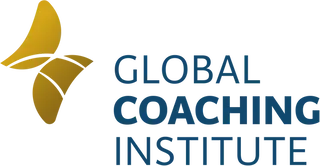Listening as a coach isn’t always about taking everything your client tells you as verbatim. In adopting a process oriented approach to coaching, we are called to pay attention to what is happening in the moment. It’s not just the content of the client’s narrative that is rich, but also the subtext.
The client may not even be aware of some important aspects of their communication. To reveal the client’s subtext, we can ask ourselves: What is the client almost, but not quite saying? What words do they choose? What strikes us about their tone of voice or their body language?
Edgar Schein, whose work I’ve referenced before, turns his focus not only to the hard data about clients and their organisations, but also to the micro-elements of each interaction, such as how the client engages with the coach or consultant.
What Are They Really Looking For?
Schein asks: What is the client looking for? Is she seeking an expert? Is he seeking a sounding board? Is she in search of an ally, someone who will have her back? Or is he looking for someone who will challenge him?
Rather than being taken at face value, the client’s initial take on what they need is a starting point for a deeper exploration. As coaches, we need to read into the subtext and find what else the client is asking for. What do they want that they are not quite aware of yet?
When we stay alert to what else the client is saying, we find what informs their conscious preference. Do they experience isolation? Do they trust their own judgment? Do they congruently believe their stated goal, or is it a response to some external pressure?
I often ask my clients how they would like me to work with them. I’m always excited when a client says they want to be challenged. I have a rigorous and sometimes challenging style as a coach, so this is both an invitation and a trap for me, if I don’t pause and enquire a little further.
Is What They Believe Really What They Need?
Does the client genuinely want or need to be challenged? Or are they relentlessly driving themselves because of a pressured belief system? Do they assume challenge is the best path to growth when they would actually benefit from more space to take a breath? Are they already pushing too hard, and if this is the case, how do they approach their staff? Is their workforce feeling too driven?
Then I consider what other options might be of value. The answer usually is found in the subtext; the less-known aspects of what the client is saying. Maybe they need me to coach them in how to relax more. Or maybe their developmental path is to relate more to their staff and allow time for the flow of ideas and creativity.
As process oriented coaches, we hold these ideas as hypotheses in our mind, as we reflect on the next question to ask our client. Ultimately the client and coach must embark on journey of discovering the path of learning and development together.
What I understand from Schein, is that the coaching client’s initial brief, their definition of what they need. It is information rather than a fixed prescription for what we should give them. So don’t follow it without question! Become curious about it. Interrogate it. Dance with it. Unpack it, and deepen both your own and the client’s understanding.





